-
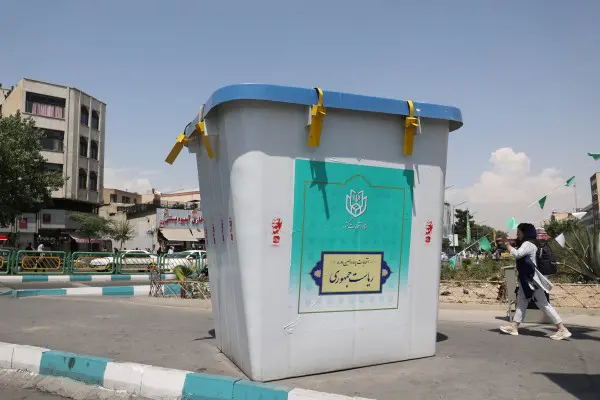
The Complex Dynamics of Voting in Iran: Aspirations, Realities, and Repression
•
The political situation in Iran is like a patient with 80% of their body affected by leukemia or AIDS. Those who still have hope in this sick and paralyzed democracy ask what should be done with this patient. They don’t abandon the patient but use their energy to keep him alive, hoping for a…
-
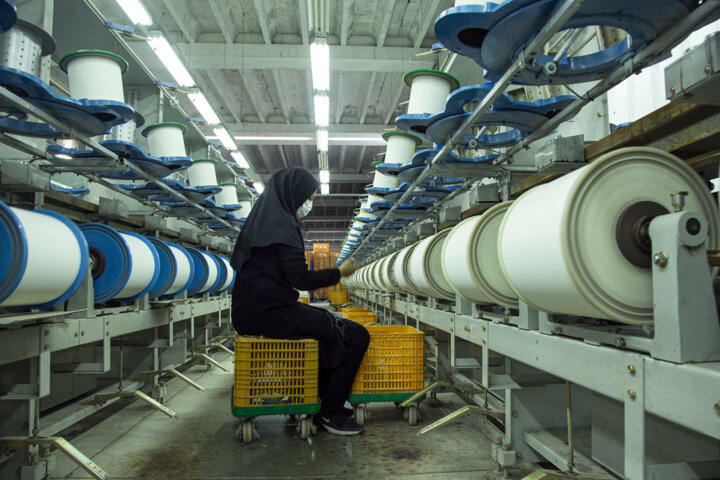
Wallet and Gender: Understanding Women’s Economic Marginalization in Iran
•
The Iranian centrist newspaper, Ham Mihan, has highlighted the issue of women’s employment in a recent report. Despite Iran having one of the highest numbers of female university students and graduates in the region, their participation in the labor market and economy remains lower than in most neighboring countries. The core issue revolves around…
-
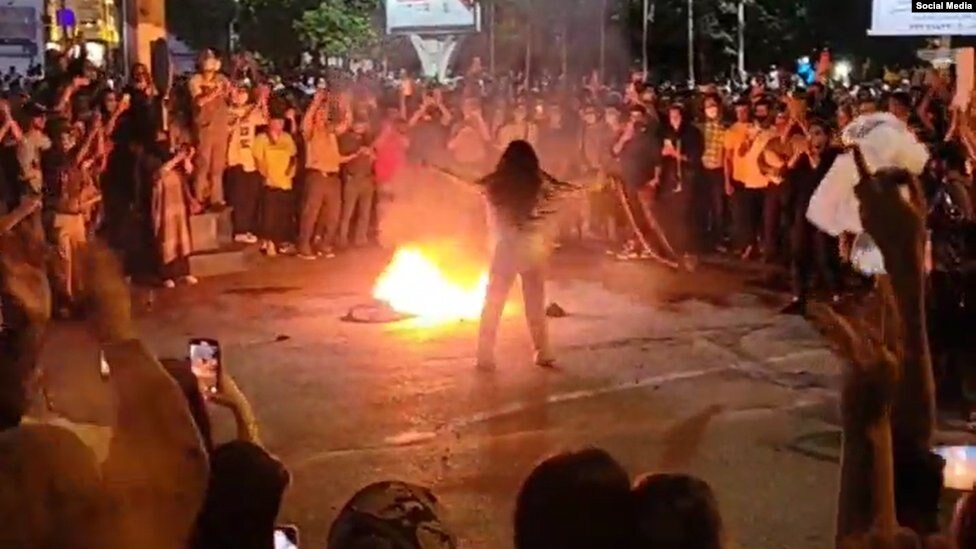
From Faith to Secularism: Shifting Attitudes in Iran
•
A nationwide government survey conducted in the 2024 winter shows a significant shift among Iranians away from the ruling ideology and towards a secular system. According to the national survey “Values and Attitudes of Iranians,” which is classified and has not been made public, an overwhelming majority of participants support the separation of religion…
-
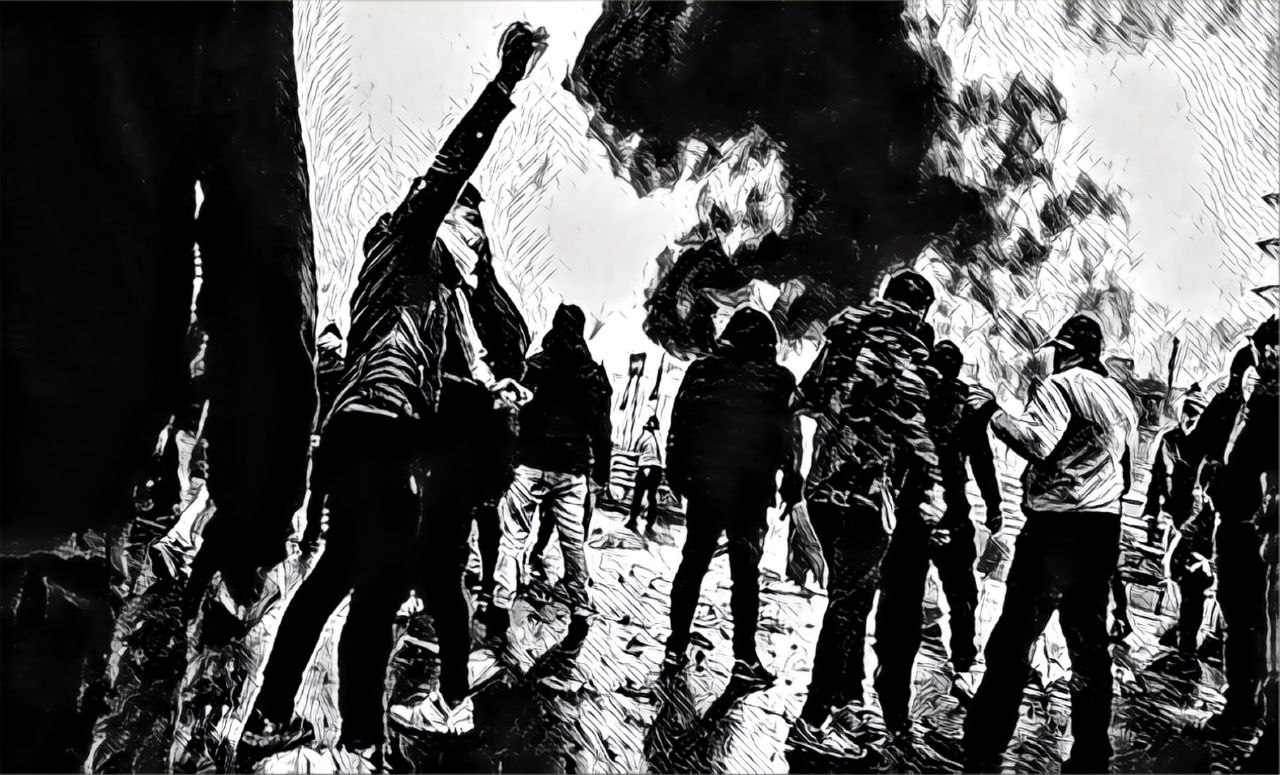
Street Power: The Islamic Regime’s Worst Nightmare
•
Once, Ali Khamenei, the leader of the Islamic Republic, said that he would not “surrender to street challenges.” This was during the days of the Green Movement when the streets were filled with protesters, and the government’s response was an iron fist and the killing of protesters in the streets. Although people in various…
-
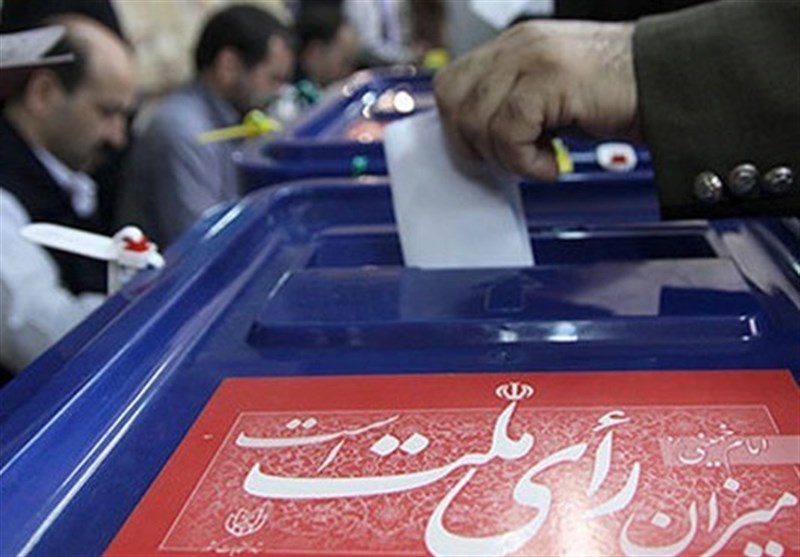
Islamic regime’s Chessboard:
Potential Presidential Candidates•
The Islamic Republic of Iran is preparing for a presidential election on June 28, 2024, following the untimely death of President Ebrahim Raisi in a helicopter crash. The governments of Mohammad Reza Shah Pahlavi and the Islamic Republic are both theocratic regimes. However, contrary to common perceptions, in certain aspects of power structure, the…
-
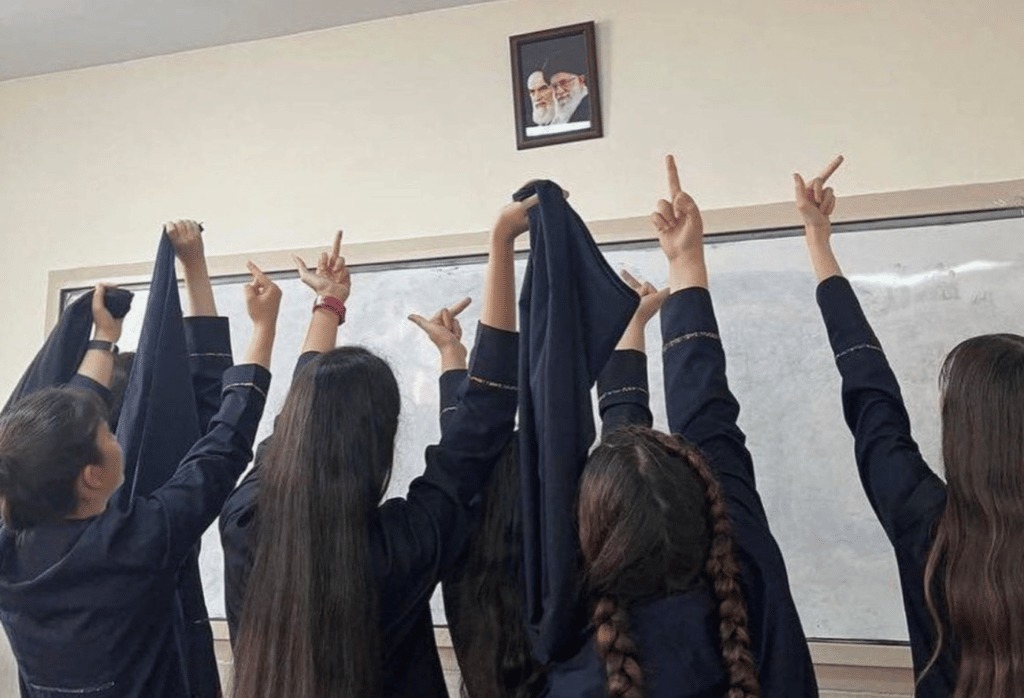
Iran’s Youth vs. Theocracy:
Iran After death of Raisi•
Raisi is dead. A killer of thousands of innocent people who were executed with just a few questions. Some of these questions were: Is the prisoner willing to condemn the Mojahedin organization and its leader? Is the prisoner loyal to the ideals of the Mojahedin organization? And for the leftist and communists, the questions…
-
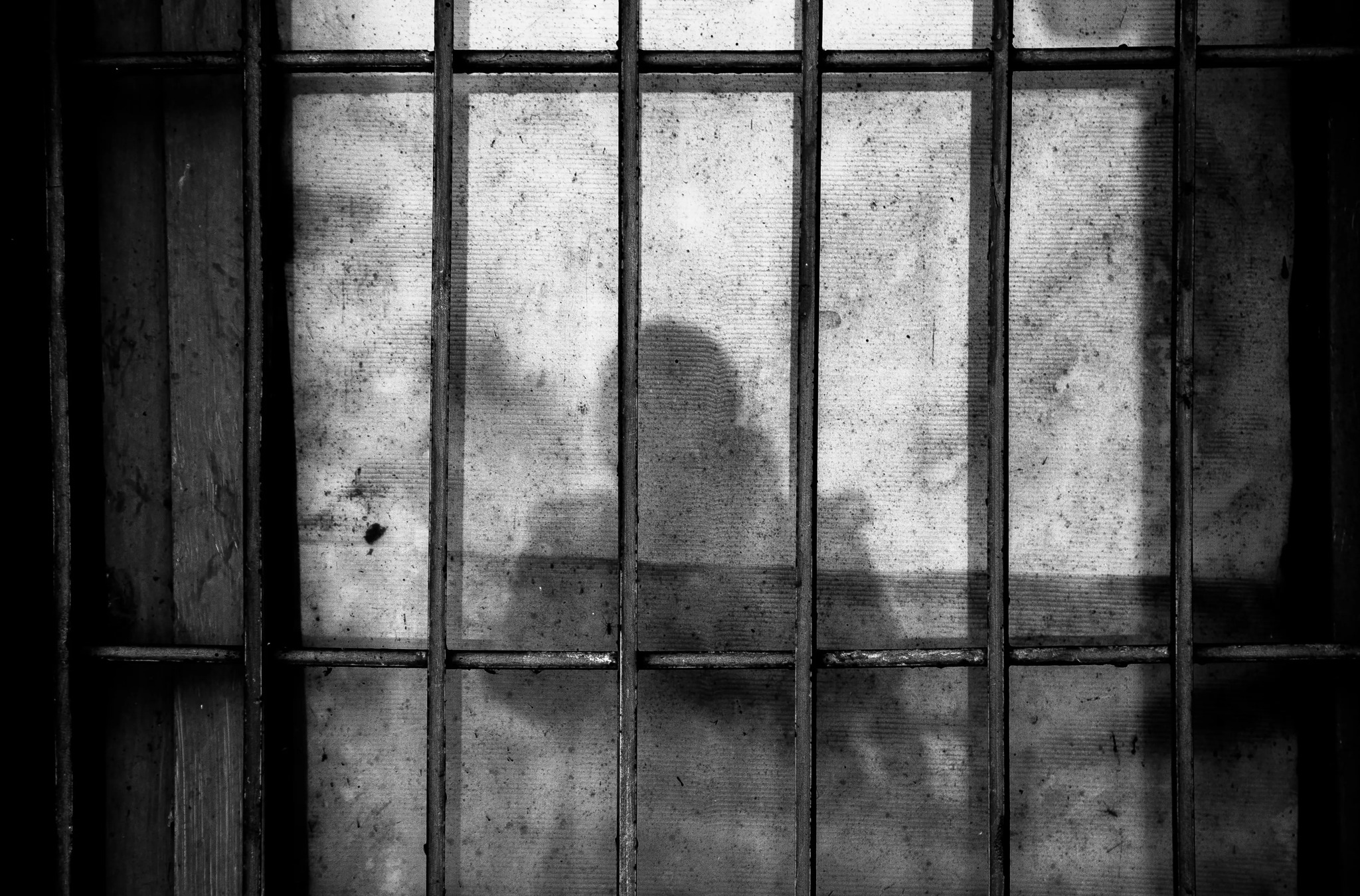
How Iran’s Political Prisoners Are Driven to Suicide
•
Dalia Andam, a 15-year-old Kurdish protester from Sanandaj, tragically ended her life after rejoining protests and receiving threats from law enforcement. On November 17, 2022, Dalia was shot with 25 pellets during a protest, further attacked later, and her family avoided hospitals for fear of arrest. She rejoined protests but, beaten again, endured harassment…
-
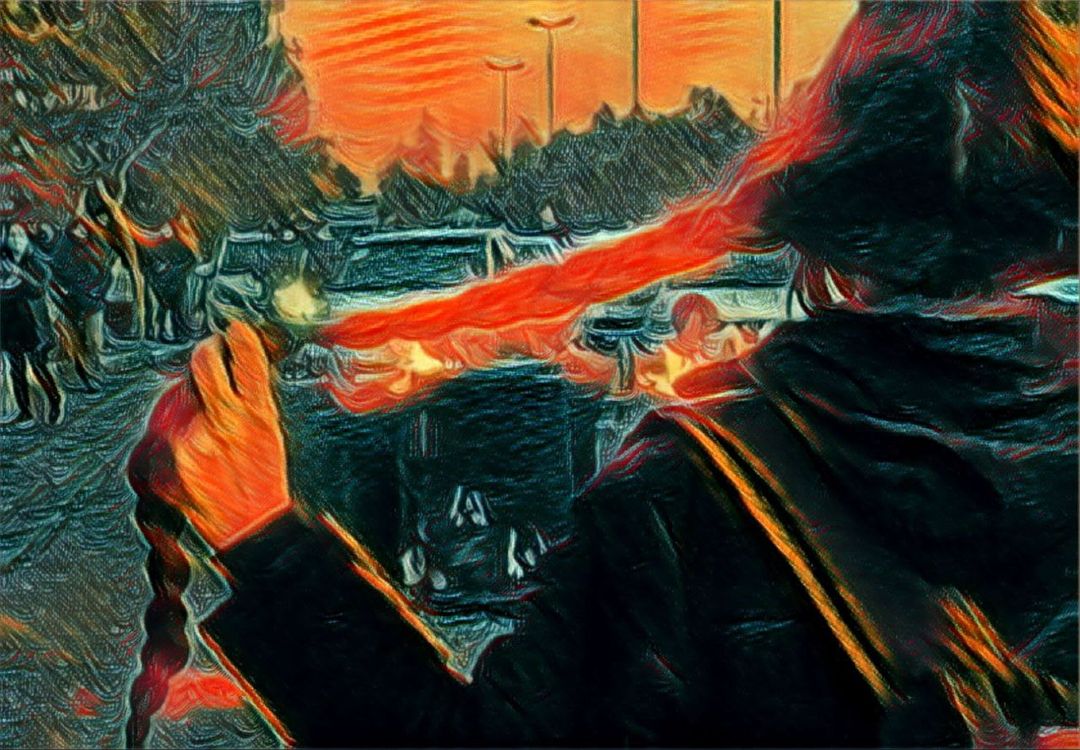
From Iran to Palestine:
The Shared Path of Liberation and Feminist Resistance•
This discussion revolves around the challenges and advancements of the Women, Life, Freedom Movement in Iran, which is resisting oppressive measures by the regime, including gender oppression and increasing death sentences for protesters. The interview introduces a member of the Nasvan Revolutionary Committee, a secret women’s committee formed to address gaps in feminist organizing.…
-
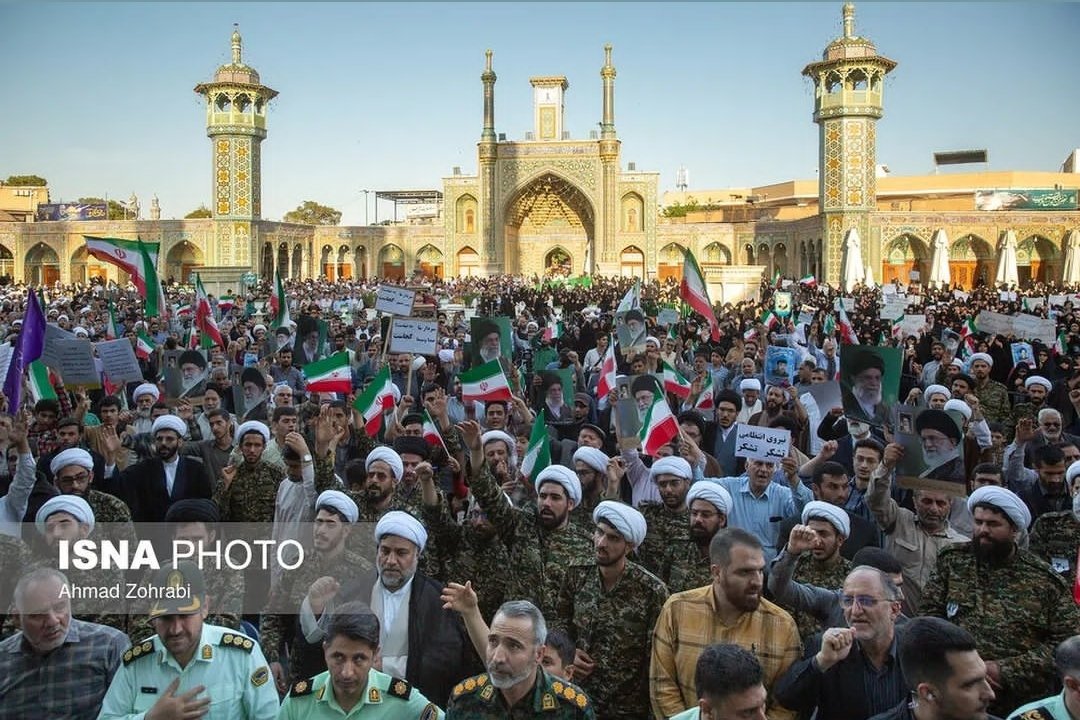
War on Women:
Tracing Nazi Tactics in Tehran’s Streets•
In an unprecedented regime resistance, Ali Khamenei the leader of Islamic regime in Iran introduced “Political Haram,” linking religious law with politics to fortify the ideological foundation of Iran’s regime. This ideological maneuver targets especially women protesters, expanding the state’s repressive measures. The enforcement integrates religious prohibitions with political suppression, as scholars and media…
-
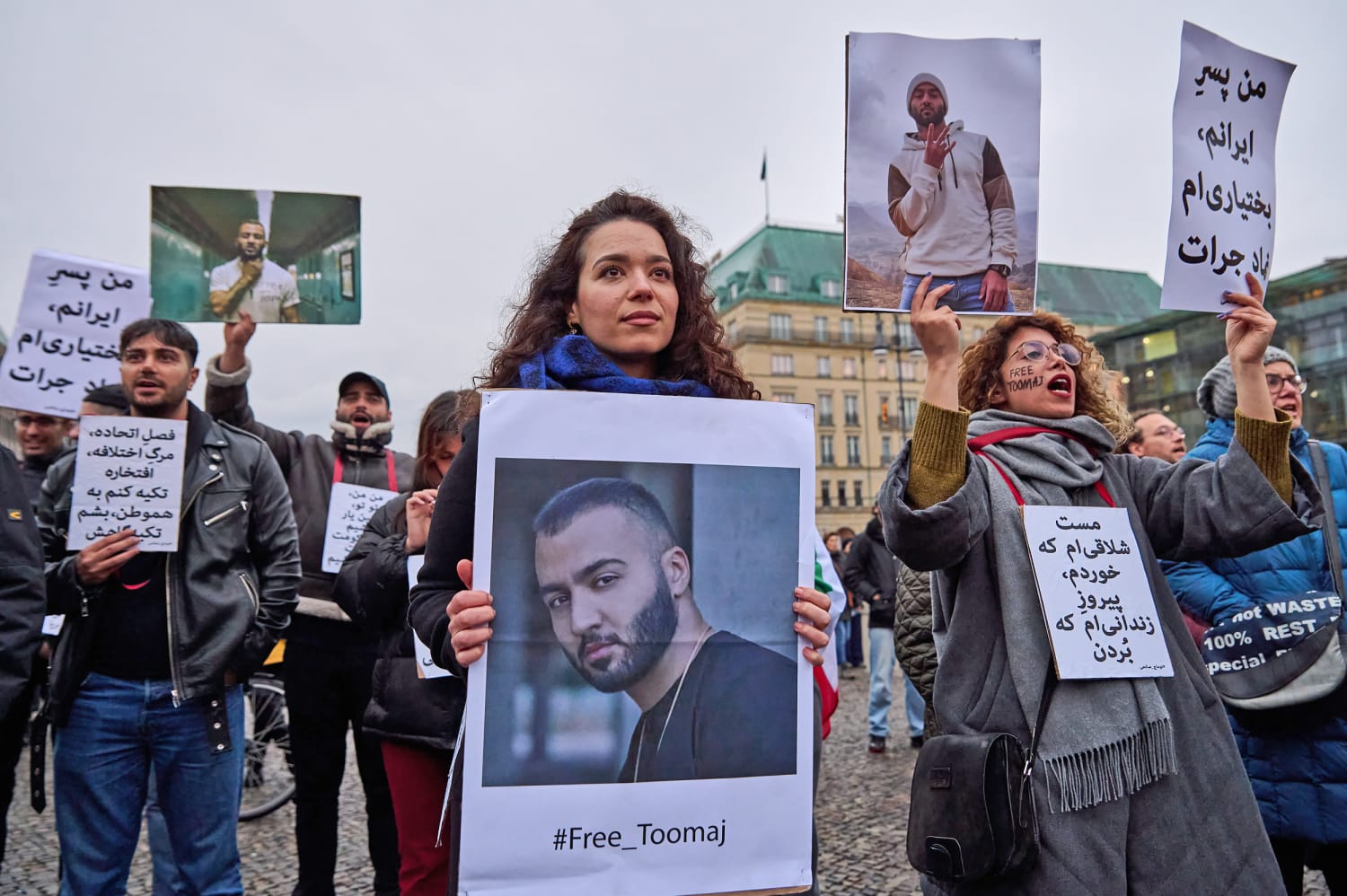
Rap as Rebellion:
Toomaj Salehi’s Battle Against Oppression•
Toomaj Salehi, the most famous protest rapper in Iran, is a mechanical engineer and a lathe worker who has spent his salary and even his motorbike on creating his songs in protest against the regime. He says he is not afraid and wants to spread his courage to others. In the past years, he…
-
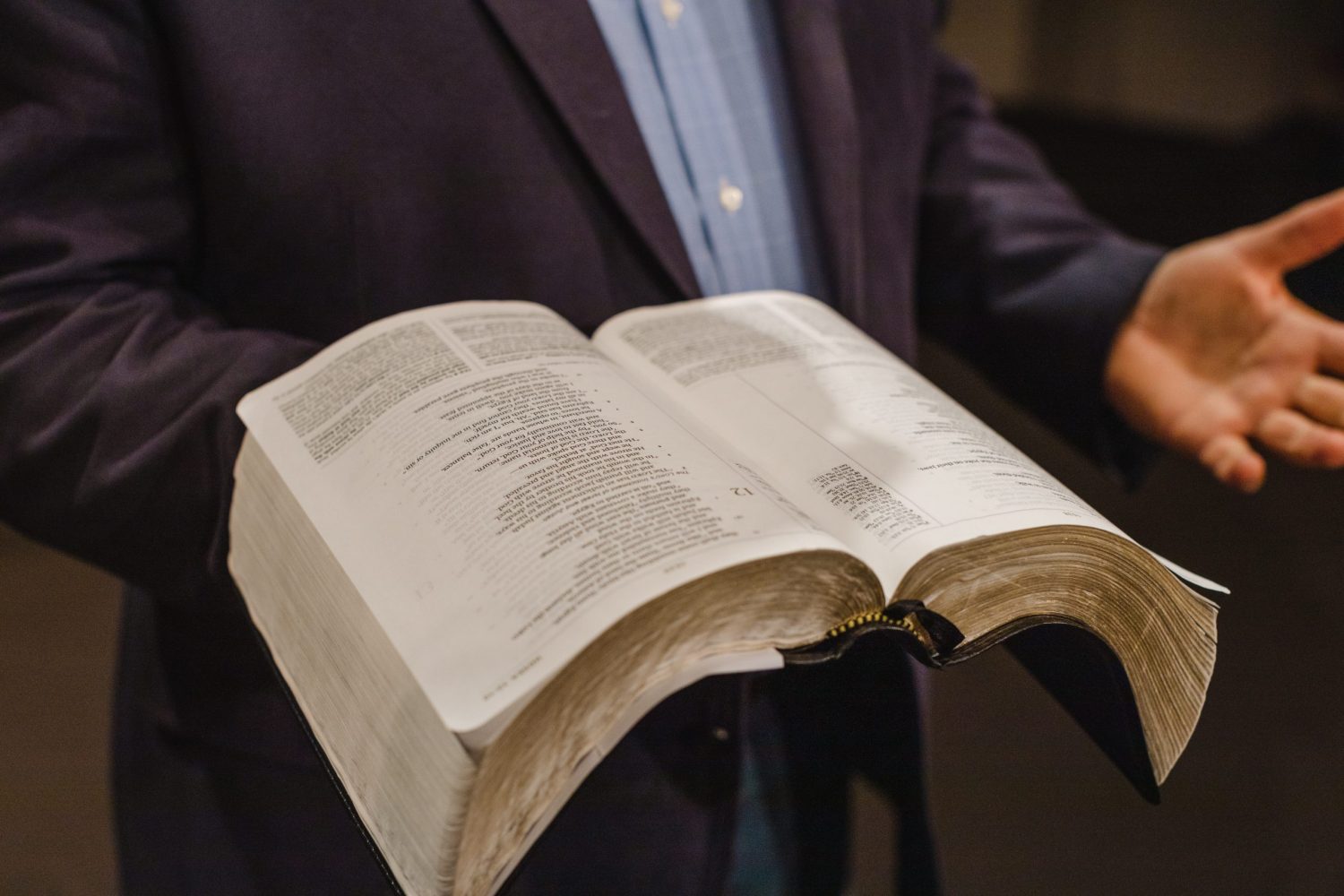
Theology of Terror:
How Religion Fuels Genocide in Gaza•
When 100 days had passed since Hamas’s surprise attack on Israel on October 7, 2023, Abu Ubaida (Hudhayfah Kahlout), the spokesman for Hamas’s military wing, spoke in a televised message about the reasons for the “Al-Aqsa Storm” operation. One of these reasons was forgotten among the many news reports and stories. He said: “……
-
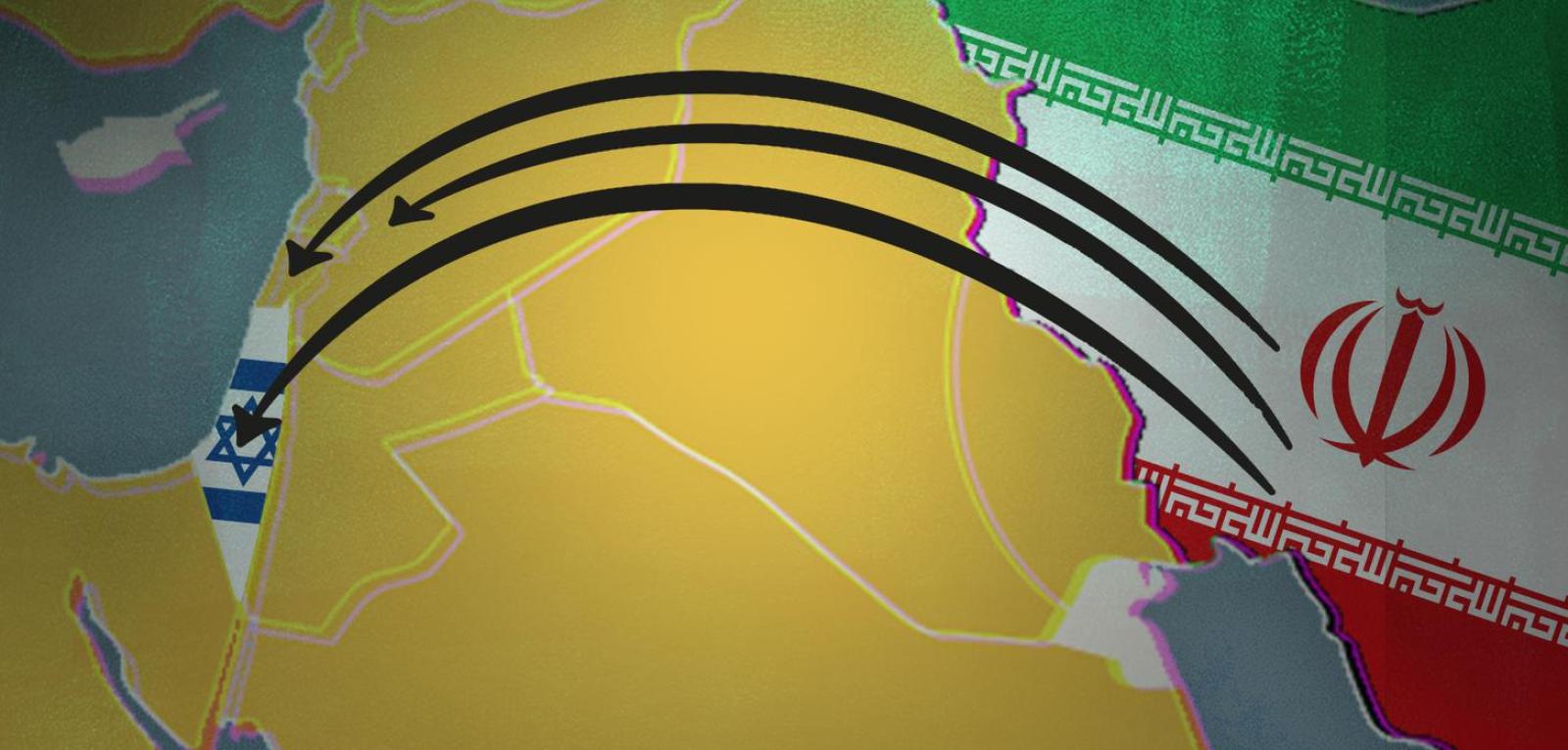
Voices of Dissent: Iranian Leftist Parties Condemn Militarism and Imperialism
•
Iranian leftist and communist organizations collectively condemn militarism, asserting the current Iran-Israel conflict benefits only the ruling regimes and imperialistic powers. They urge activism against war and oppression, associating increased hostilities with Iran’s attempts to distract from its domestic issues. Highlighting warmongering policies as a detriment to the Iranian populace and regional peace, they…